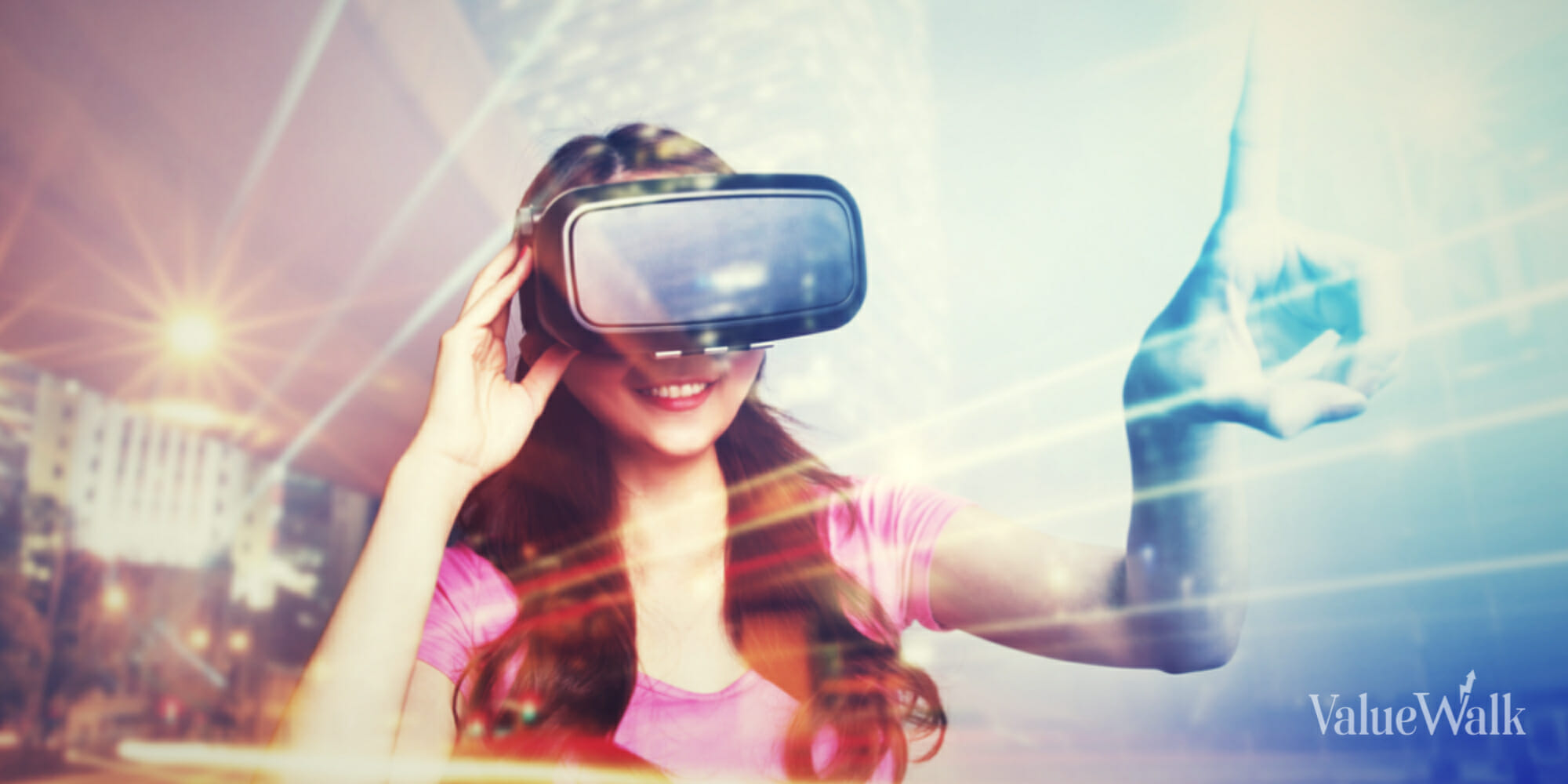The paradigm of the AR/VR B2C industry is evolving at an astounding pace. Forecasts peg the value at $31.12 billion for 2023, with predictions highlighting a phenomenal 67% growth to reach $52.05 billion by 2027. So, what is propelling this meteoric rise? The answer lies in the burgeoning field of spatial computing.
The Rise Of Spatial Computing
Spatial computing has matured, spanning a wide spectrum from our tangible reality to a completely computer-generated one. This spectrum comprises four distinct realms: Reality, Augmented Reality (AR), Mixed Reality (MR), and Virtual Reality (VR).
Within the realm of AR, innovations are plentiful. The XREAL air offers near-to-eye display technology, enabling 3D interaction by superimposing digital information over the real world, though devoid of interaction between the two. Then, there’s Augmedics, which overlays precise spinal placement on patients, enhancing surgical precision. Lumus’s Z-Lens stands out, permitting consumers to integrate AR functionality with their visual prescription. Lumus’s creation is noteworthy, given the natural-looking eyewear it crafts, sans straps, and its lighter, slimmer design.
Mixed Reality extends the canvas further. By fostering interactions between physical and digital elements, devices like the Apple Vision Pro and Meta Quest 3 are making waves. They offer platforms to infuse the digital into our everyday, tangible spaces. Surprisingly, while spatial computing’s influence is expanding, the technological footprint is shrinking. The Apple Vision Pro, with its infrared cameras, and the Meta Quest 2, with its VR capabilities, are testaments to this trend.
Virtual Reality completes the quartet. It transports users into a comprehensive digital domain, interacting solely within that space. A notable contender in this space is the Meta Quest 2. Sporting a 90-degree field of view, it provides a rich, immersive experience. Complementing its capabilities is VRpilot, an innovative tool aiding pilot training in virtual environments before real-life application.
Augmented Reality and Spatial By the Numbers
The numbers speak volumes. By 2024, an estimated 1.4 billion devices globally will harness AR capabilities. The implications of this are vast, reshaping our work, recreation, and learning environments. Consumers are expressing a keen interest in AR, with 49% inclined towards gaming, 33% for workouts, 28% in shopping, 23% for real-time GPS, and 21% envisioning its utility in education.
How will this shift manifest in our lives? In professional spheres, spatial computing is ushering in a new era. Holographic business calls, and even more futuristic holographic conversations, are emerging. Spatial computing tools aid in the design and building phases of projects. BAE factory workers, for instance, leveraging AR, have slashed manual building times by a significant 40%. The shift towards remote work is further fueled by the ability to collaborate on documents without traditional displays or keyboards. Even language barriers are eroding, with tools like Google Translate decoding global conversations.
Spatial Computing for Work and Play
For the recreational enthusiast, the metaverse promises captivating games such as Espire 2, The Infinite Inside, and the ever-popular Pokémon GO. The convergence of fashion and technology is evident in pieces like Marga Weiman’s Hyperfabric Dress. Using 3D tracking, wearers can augment their attire with digital details. Audio experiences are being revamped through spatial sound, directing audio via bone conduction, therefore reducing potential auditory risks. Even karaoke enthusiasts are not left behind, with AR glasses serving as personal lyric teleprompters.
Education, too, is witnessing a revolution. Spatial computing tools allow for enhanced interactive learning experiences. Imagine learners virtually visiting historical eras or distant landmarks from their classrooms. Note-taking is also transformed, with students jotting down insights anytime and accessing them seamlessly.
Healthcare is not untouched. Spatial computing aids in capturing biometrics, personalizing patient care with overlays for wound care, therapy, and symptom diagnosis. It even simplifies hospital logistics and access to patient data in real time.
Yet, with all these advancements, smartphones are waning in relevance. As 2023 statistics illustrate, global smartphone sales dipped by 14%, while AR glasses witnessed a whopping 45% uptick. The pivot is clear.
Central to AR glasses is waveguide technology. The Reflective Waveguide, especially, offers myriad advantages. It promises a unified waveguide for all colors, can potentially provide an expansive 80-degree field of view, boasts superior battery efficiency, and delivers unparalleled brightness. These features are enhanced by micro-displays that generate and project virtual images.
In Conclusion
In essence, as presented by LumusVision.com, the horizon for spatial computing is luminous. The transformative power of this technology promises to redefine how we connect, both in digital spaces and the tangible world. The dawn of a new era of interaction awaits.


























